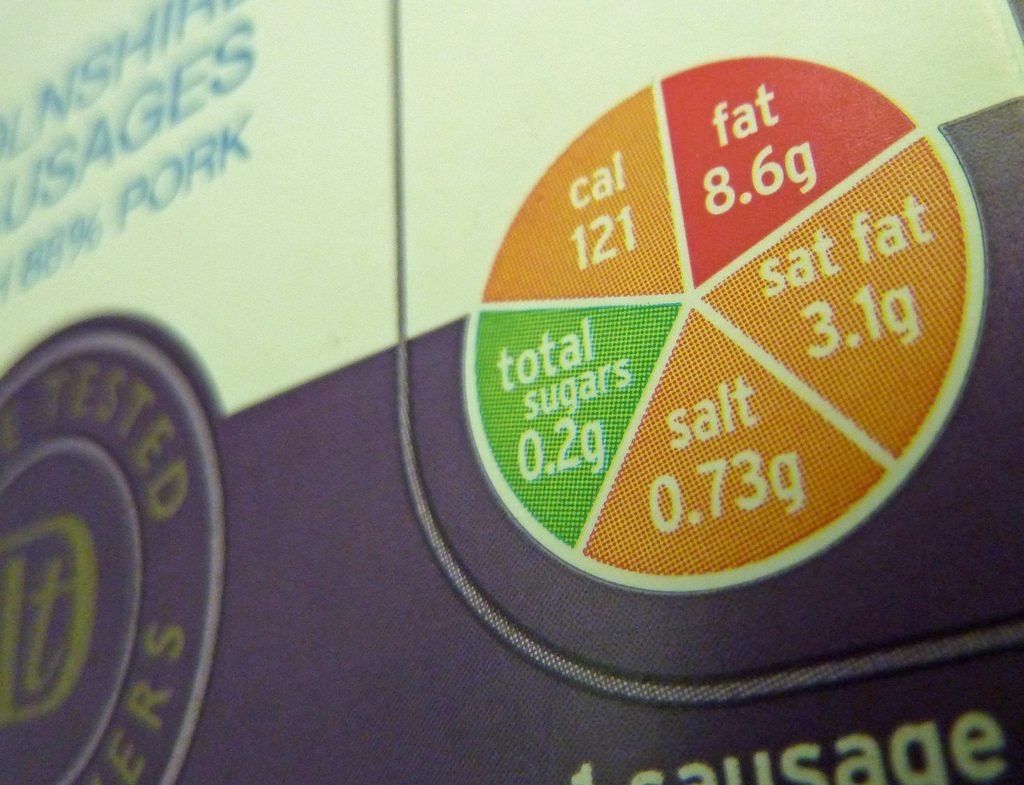After years of resistance, the company will use the colour-coded system to show customers how much fat, salt and sugar each of its food products contains.
What it means: By and large, Brits are not a super healthy bunch. Diet studies show that almost everybody eats too much salt, fat and sugar. Uncoincidentally, 36 percent of Brits are overweight and another 27 percent are obese, making Britain the sixth-fattest country in the OECD (a group for rich-ish countries).
Poor diets and excess weight lead to all sorts of health problems. That negatively impacts people (whose quality of life decreases), businesses (as staff take sick days or talented people drop out of work) and government finances (NHS spending and welfare benefit bills go up, while income taxes go down). Plus evidence shows it can make people just feel pretty crap.
So in 2013, the UK tried to encourage people to eat healthier by asking - but not insisting - that food companies put ‘traffic-light’ labels on the front of their packaging for fat, saturated fat, sugars and salt. Green means low and healthy, red means high and unhealthy, and orange somewhere in-between.
Because it wasn’t mandatory, some companies, including Kellogg’s, shied away from using them. Their logic? Well, Kellogg’s is the biggest seller of cereals in the UK, and most cereals aren’t very healthy. 75 percent of them would receive a red label for their sugar content alone. Add in evidence that food labelling works in pushing people to choose healthier options, and you can see why using traffic light labelling may not make business sense for companies that (a) sells unhealthy foods and (b) have obvious healthier competitors; porridge, say, or toast.
But Kellogg’s has had a change of heart after it “listened” to customers, retailers and the government, who all like the traffic-light labelling. Which seems sensible, because it’s also not good business practice to piss off the people who buy your products, stock your products, or have the power to make rules about your product.
Read our explainer on regulation.

